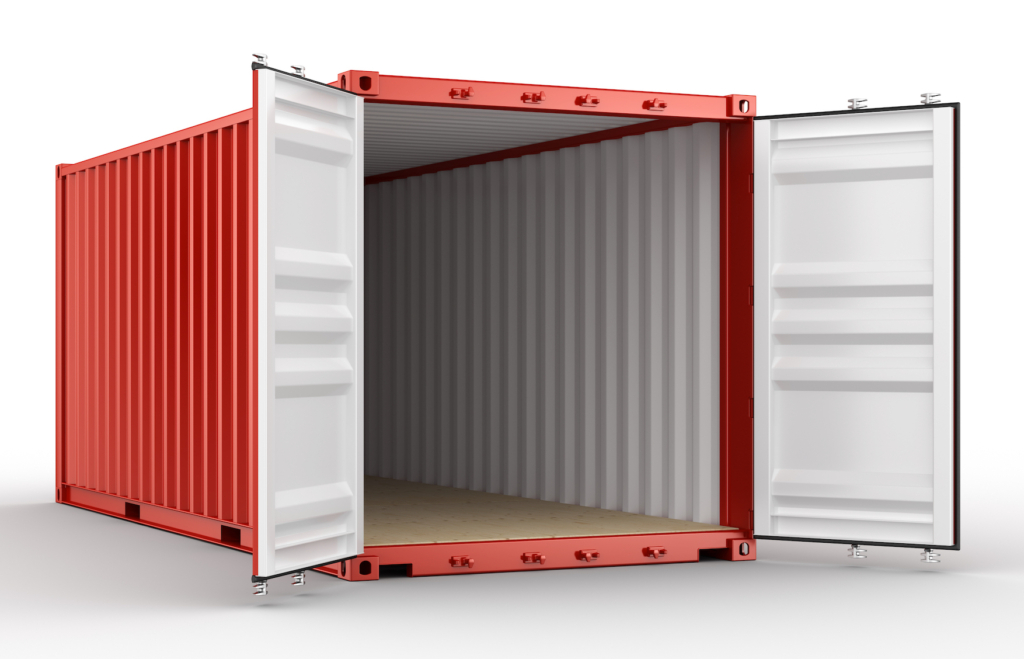


Unfortunately, cases of scams remain very frequent; the EU SME Centre receives, on a weekly basis, requests for assistance from EU SMEs which encounter significant issues when purchasing from Chinese suppliers. Even worse, after falling victims to a scam, there is very little that EU SMEs can do: legal action in China requires a significant amount of money and time; EU SMEs often do not know where to start, and consequently may opt to swallow the bitter pill instead of enforcing their rights. Scammers know this very well and indeed rely on this aspect to perpetrate their frauds.The risk of scams and quality issues when purchasing from Chinese suppliers can be reduced, and often avoided, by taking simple steps to conduct background checks and risk assessment. This article provides by the EU SME Centre summarises a list of common red flags and preventive measures to guide EU SMEs on the process.
Common red flags for potential scams
Although each case is unique, scams may present one or more commonalities. The following is a list of red flags that characterised most of the cases that the EU SME Centre has collected from EU SMEs. It must be noted that the presence of one or more red flags from this list does not necessarily indicate a scam; conversely, their absence does not necessarily indicate the reliability of a seller.
EU SMEs buying from Chinese companies usually use platforms such as Alibaba, AliExpress or similar. On these platforms, Chinese sellers have dedicated e-shops where they display their products and contact details. Any reputable company would, in addition to these, have a specific company website and some presence on social media. Therefore, the first necessary step for EU SMEs is to conduct an organic search on internet browsers to see the website and reviews of the Chinese seller.
The absence of search results may indicate that the company is not interested in establishing a reputation internationally. In some cases, a Chinese company might have a website, but only in English (and/or in many other foreign languages), not in Chinese.
One may argue that a website in Chinese is not relevant for companies involved in international export; however, this also means that key information on the company is not disclosed and thus not easily identifiable in case a dispute arises (e.g., the company’s legal name in Chinese and its registered address). If a Chinese version of the website is available, one should pay close attention to the consistency of information between the various versions.